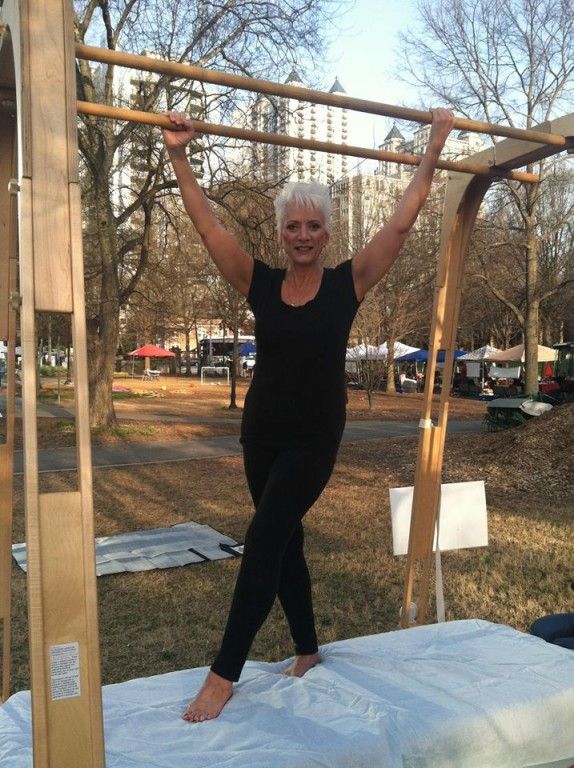Tui Na, Acupuncture Chinese Herbalism

It's not clear exactly where Tui Na was first developed. It is widely practiced in Japan as well as China. Although some sources suggest that Tui Na originated in China some sources claim that the Japanese introduced it to Japan. Reports also suggest the possibility that Tui Na has been used by ancient Greeks to treat ailments.
The theory is the Tui Na was developed in China in response to the influences of the Yin and Yang (feminine as well as masculine energy) to help stabilize the nerve system. The research conducted from Japan as well as China have also shown that Tui Na can be used to heal. Traditional Chinese treatment uses Tui Na to address conditions like low back pain and headaches. Tui Na is also utilized to treat heart diseases and diabetes. Reports also suggest that Tui Na may increase sexual performance in women and men.
http://johnnys.jocee.jp/jump/?url=https://roketmassage.com/ The root of Tui Na is not clear However, research has shown that Tui Na massage therapy is part of the standard care of traditional Chinese medicine. Research of China and Japan confirms that Tui Na can help reduce stress and improve mood in patients with cancer and HIV/AIDS. Tui Na massage therapy is among the many forms of Chinese bodywork that utilizes pressure points in the soles of feet to aid the patient relax. Tui Na Massage therapy can be utilized to treat moderate-to-slightly chronic ailments.
Tui Na is very relaxing and pleasant for both patients and practitioners. Its soft action doesn't cause any stimulation or unnecessary irritation for anyone. A trained Tui Na therapist applies delicate, slow strokes using Tui Na to the affected areas. By applying gentle pressure using the palm of the hand and the fingertips of fingers can help relax the muscles that are stiff in the body and calm the muscles. To ease tightness and pain, the practitioner may also use specific pressure points to deliver soothing vibrations.

Since the beginning, Tui Na has been utilized by medical professionals throughout China, Japan, Korea and other Asian countries to aid in healing as well as treat various of ailments. Due to its efficacy and its ability to calm, Tui Na has become an integral part of traditional Chinese treatment. But in the western world, Tui Na is relatively brand new. The rise of Tui Na coincides with that for Tui Cha. This exercise is designed to enhance mobility, flexibility and promote well-being. It is popular in the United States, however, Tui Na was only recently started to gain popularity and there are still lots of people who practice traditional Chinese treatment who do not use this ancient china.
A lot of Tui Na practitioners have experienced positive effects from this Chinese remedy that shares characteristics to acupuncture and acupressure. To unblock the flow of energy, needles of a tiny size are placed into specific areas of the skin in order to provide acupuncture. Acupressure helps alleviate anxiety. It is utilized in the traditional Chinese treatments to ease illness and stimulate the immune system. Like Acupressure, Tui Na is based on the flow of qi that flows through the channels created through the practice of the practitioner. But there are some distinctions between Tui Na as well as other traditional Chinese medicines.
Traditional Chinese treatment places a lot of importance on the connection between qi and muscle. Tui Na utilizes the relationship between qi and tissues, whether called the meridians of body or life. This type of traditional Chinese medicine treats disease and ailments based on the notion that there is a link between the path of qi (the internal energy) and the various organs of the body.
Traditional Chinese Medicine and Tui Na aren't necessarily the same thing. They are complementary and are not exclusive to each other. If you're looking for more information about Tui Na and acupuncture, you should learn about the acupuncture-chinese herbalist. There are many ways you could benefit from both methods of Chinese medicine. A good teacher will be in a position to explain the distinction and how to integrate both of these methods of treatment into one's overall routine of health.
